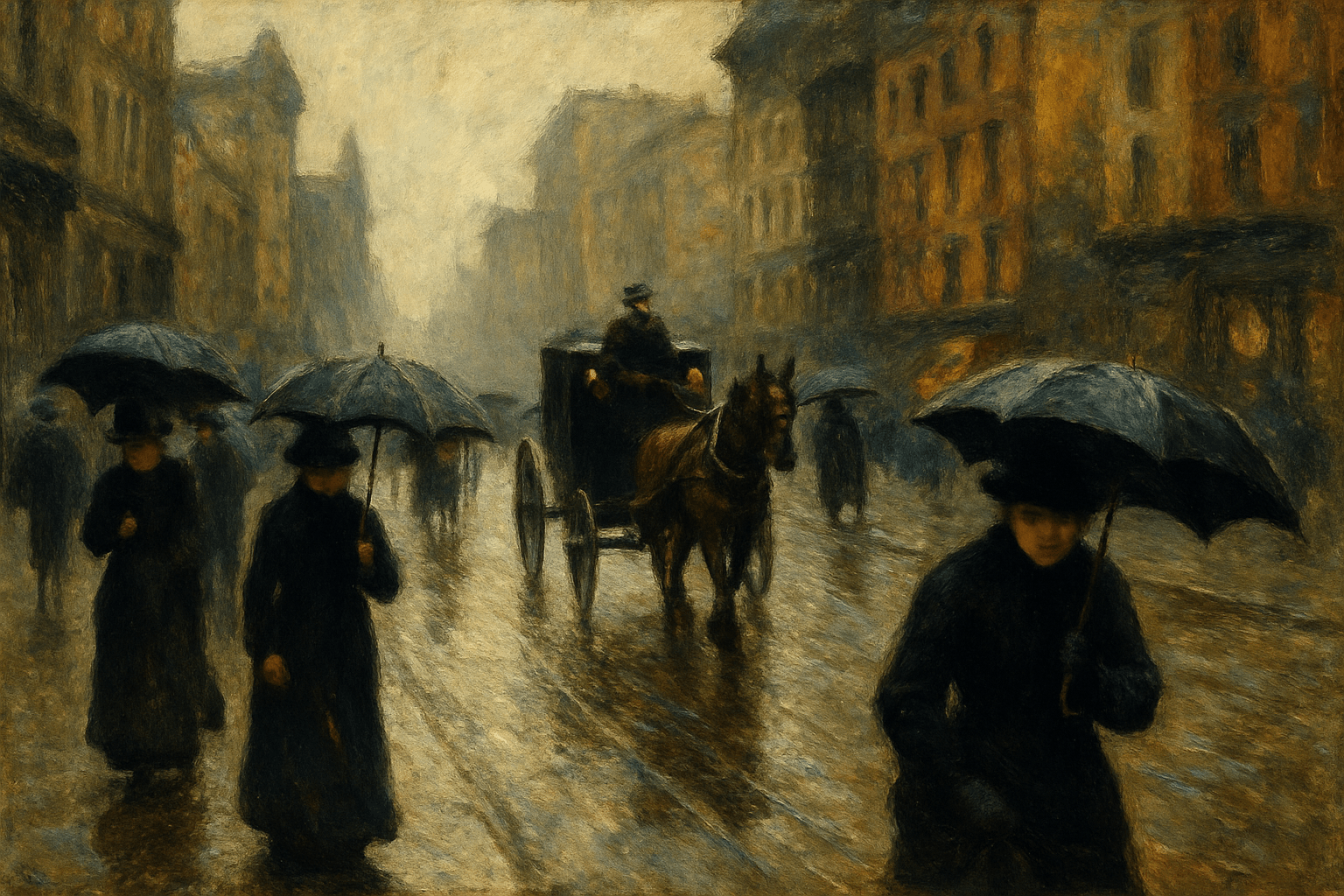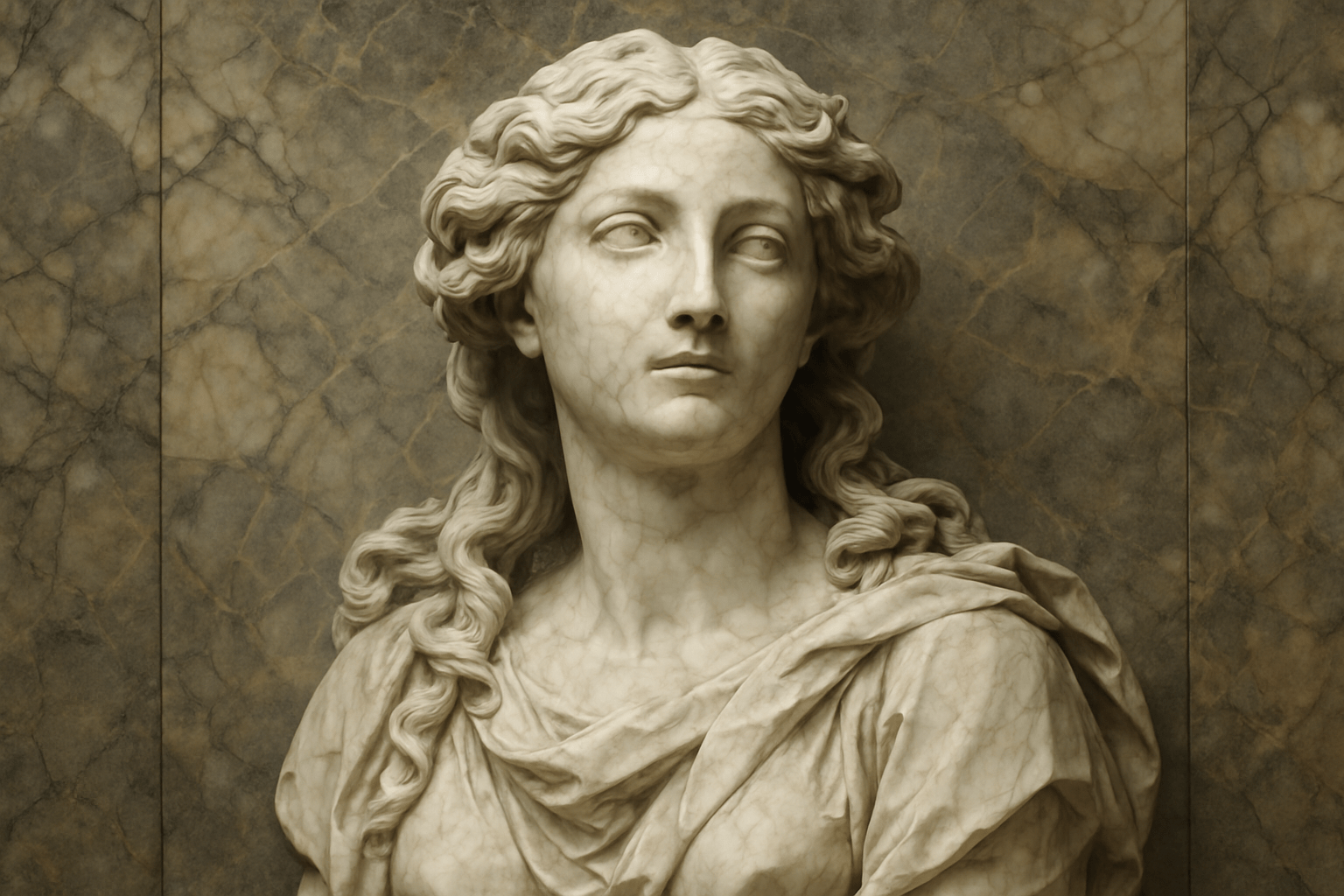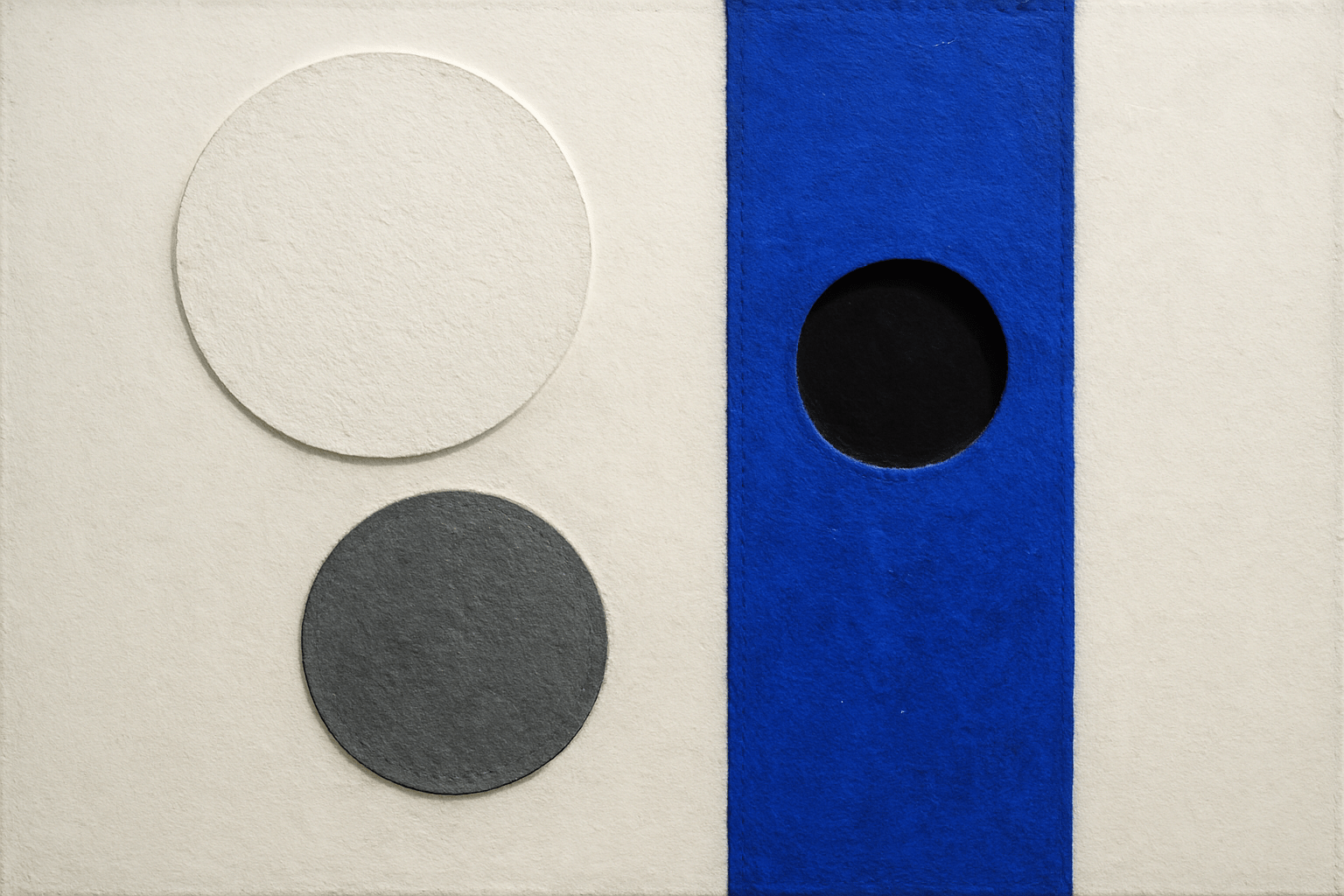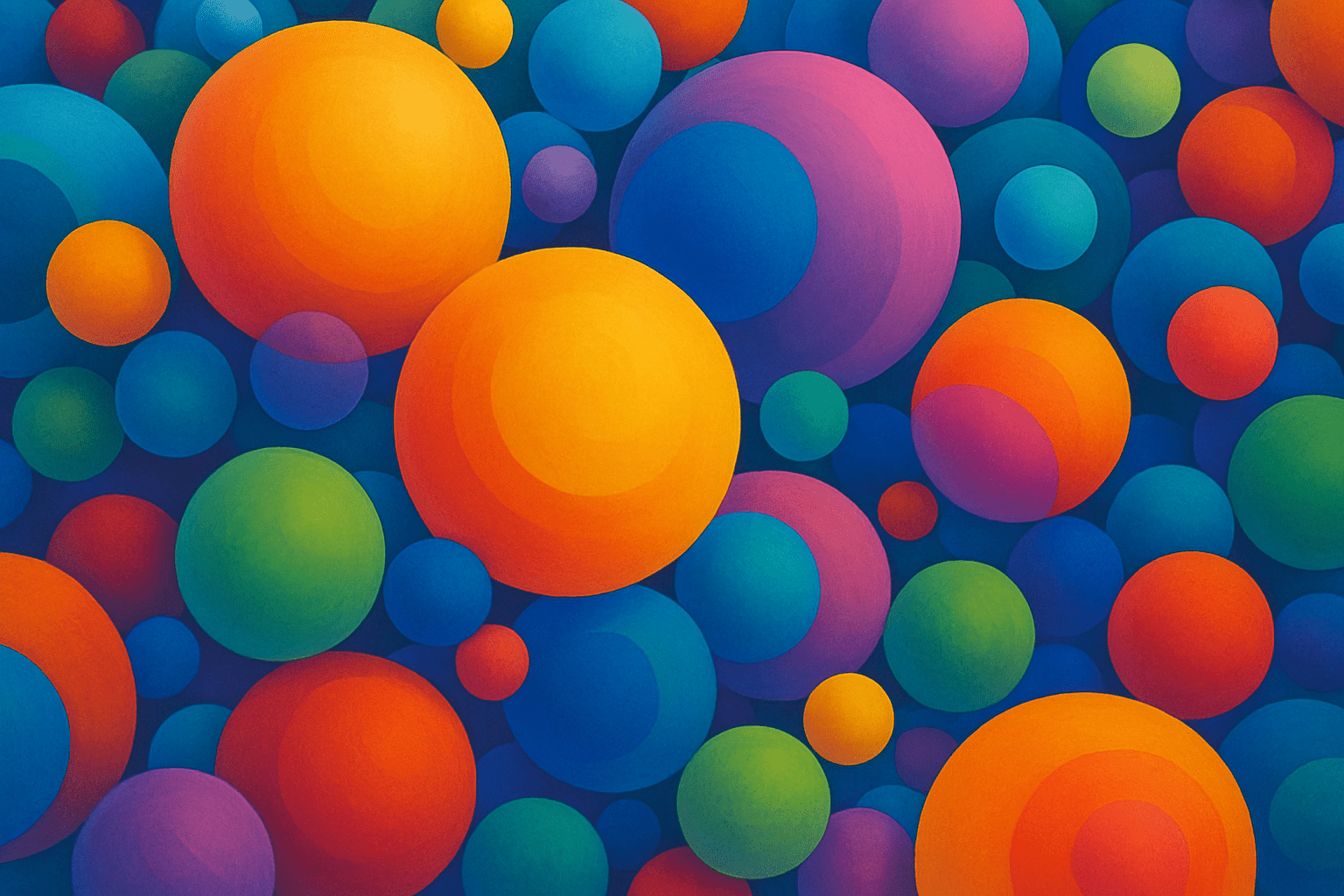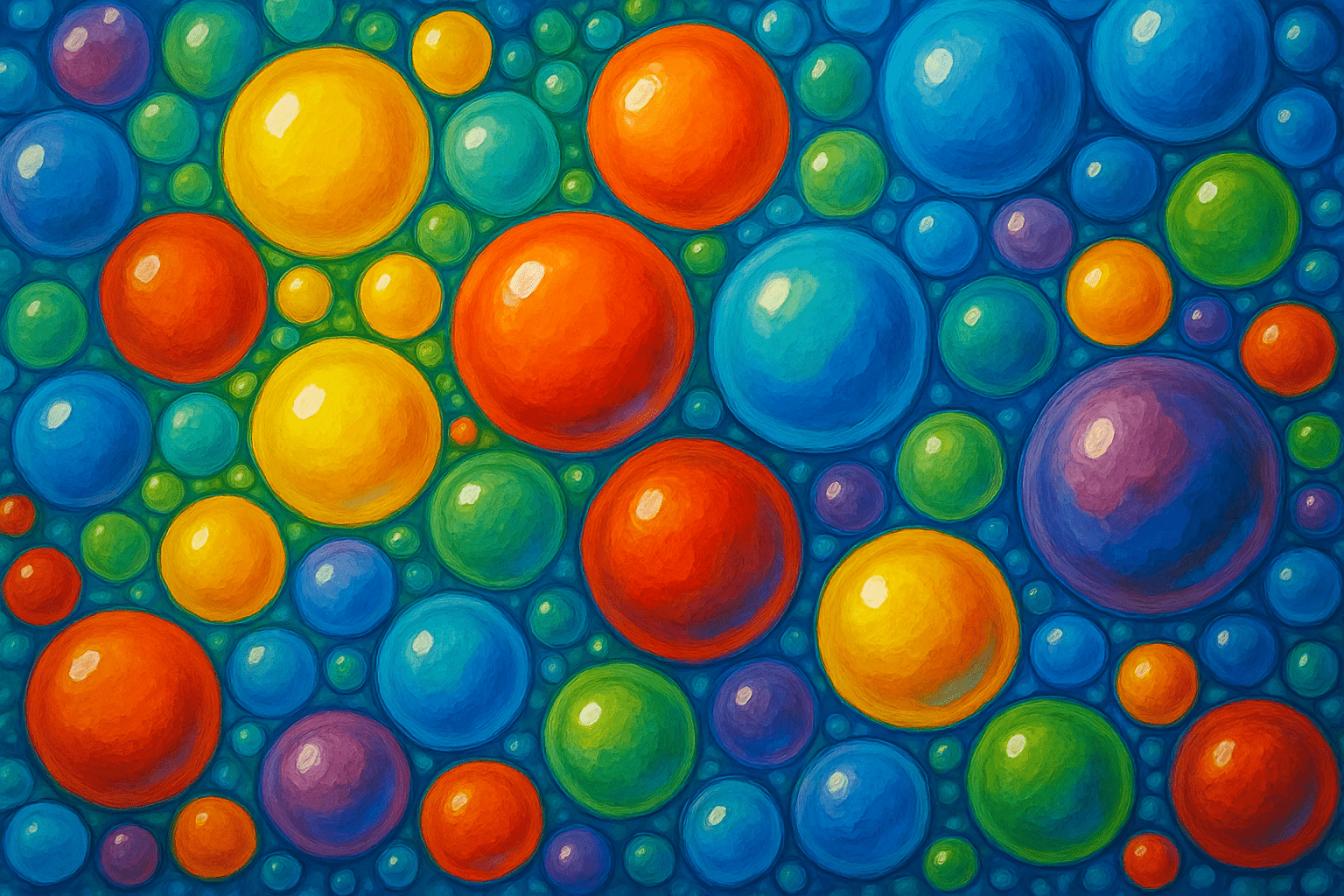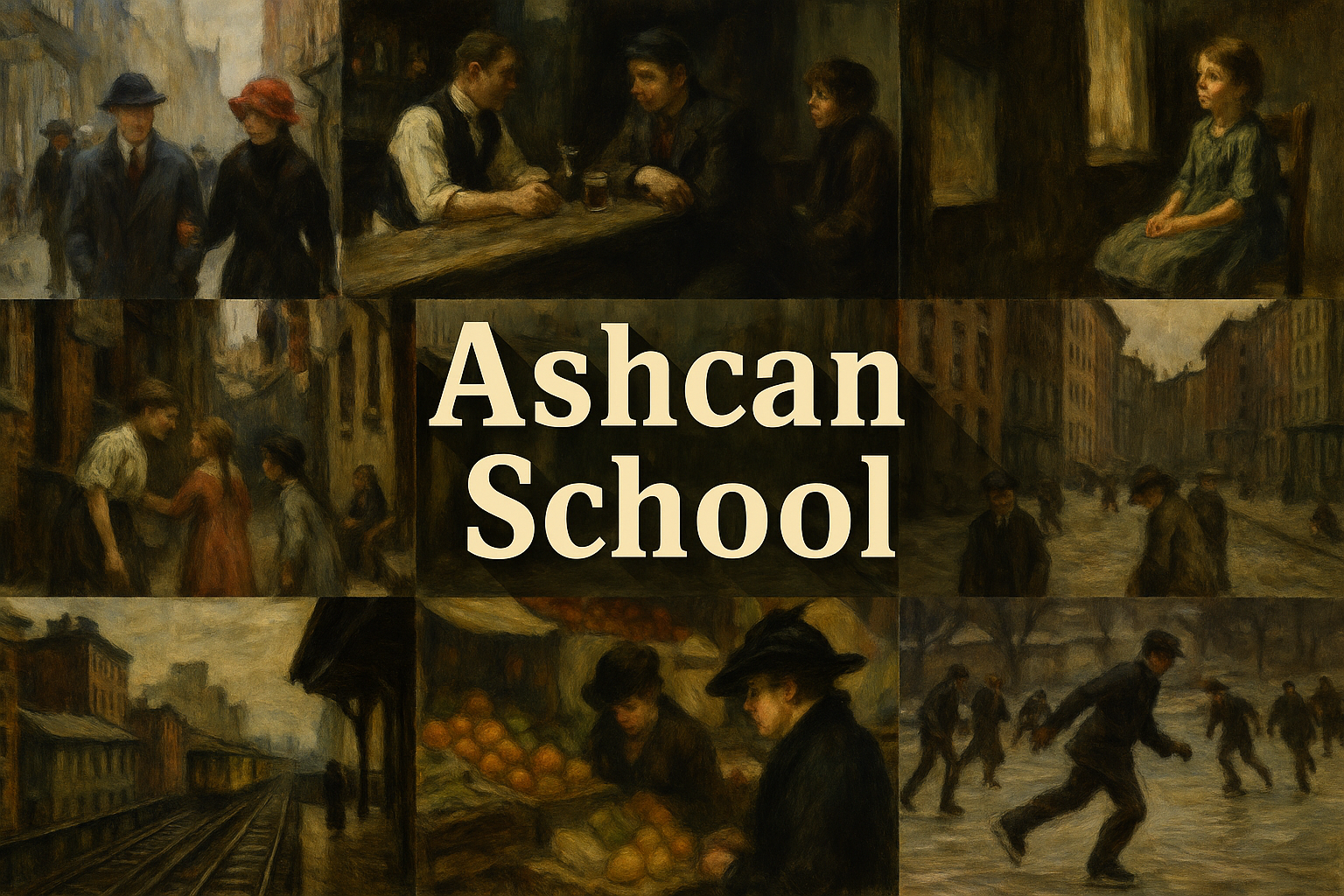
Ashcan School
The Ashcan School is characterized by its gritty, realistic style. The artists associated with this movement sought to capture the everyday life of urban America, often depicting working-class subjects in a less than flattering light. This style is often compared to that of the French Impressionists, who also sought to capture everyday life in their paintings.
AOI thinking about Ashcan School [+_~]-/
Overview and Quickfacts
The Ashcan School was a group of American artists who worked in the early 20th century. They are best known for their gritty, realistic style of painting, which was often associated with urban life. The Ashcan School artists were some of the first to paint scenes from everyday life, and their work had a major influence on the development of American art.
Can understand it also, as:
The Ashcan School has also been referred to as the “New York School”, the “Eight”, the “Ten”, and the “American Group”.
Categorize it as:
Impressionism, Modernism
.: Dreaming :.
holds a HAIKU for the art style
:. Thought is power .:
Detailed Description
The Ashcan School was a group of New York City-based artists who sought to capture the real-life energy of the city through their paintings. The artists of the Ashcan School were known for their gritty, realistic style of painting, which was a departure from the more idealized style of the time. The Ashcan School included such famous artists as Robert Henri, George Bellows, and Edward Hopper. The Ashcan School artists were interested in painting the everyday life of the city, including its poverty and its vibrancy. They often painted scenes of people in the streets, in bars, and in other public places. The Ashcan School artists were some of the first to paint such scenes in a realistic style, and their work had a significant impact on the development of American art. Today, the work of the Ashcan School artists is highly respected and continues to be influential. The paintings of the Ashcan School provide a unique and powerful glimpse into the life of early 20th-century America.
.. beep, beep, beep ..
<START OF TRANSMISSION>
1. The Ashcan School was a group of New York City artists who sought to capture the reality of urban life in the United States. 2. The school was founded in 1908 by Robert Henri, who believed that art should be accessible to everyone and not just the elite. 3. The school's name comes from a type of trash can that was commonly found on the streets of New York City. 4. The school's artists were known for their gritty, realistic style, which was a departure from the idealized portrayals of urban life that were common at the time. 5. The school's members included some of the most influential American artists of the early 20th century, such as George Bellows, Edward Hopper, and Charles Sheeler. 6. The school's work was instrumental in the development of American realism and helped to redefine what art could be. 7. The school's artists were also active in other fields, such as photography, film, and journalism, and their work had a profound impact on American culture. 8. The school disbanded in the early 1920s, but its legacy continues to this day. 9. The Ashcan School was the first American artistic movement to gain international recognition. 10. The school's work has been exhibited in some of the most prestigious museums in the world, including the Metropolitan Museum of Art and the Museum of Modern Art. 11. The school's artists were pioneers in using everyday subjects as the basis for their work. 12. The school's work was a major influence on the development of American art in the 20th century. 13. The school's members were some of the most important American artists of their time. 14. The school's work is still highly regarded today and is considered to be some of the most important American art of the early 20th century. 15. The school's artists were ahead of their time in their use of new media, such as photography, to create their work. 16. The school's work was instrumental in the development of American modernism. 17. The school's artists were also highly influential in the development of American pop art. 18. The school's work has been the subject of numerous books and exhibitions. 19. The school's legacy continues to this day, and its work is highly respected by artists and critics alike. 20. The Ashcan School was one of the most important and influential American artistic movements of the early 20th century.
<EOF>
.. robbel bob
Visual Examples from our image gallery
Coming soon, we are so slow .. might never come
Artists, Paintings, and more
(be aware, can be highly speculative)
Artists (be aware, speculation possible):
1. Robert Henri (1865-1929) 2. George Bellows (1882-1925) 3. Edward Hopper (1882-1967) 4. John Sloan (1871-1951) 5. William Glackens (1870-1938) 6. George Luks (1867-1933) 7. Everett Shinn (1876-1953) 8. Arthur B. Davies (1862-1928) 9. Maurice Prendergast (1858-1924) 10. Charles Sheeler (1883-1965) 11. Stuart Davis (1892-1964) 12. Rockwell Kent (1882-1971) 13. Charles Demuth (1883-1935) 14. Georgia O’Keeffe (1887-1986) 15. Marsden Hartley (1877-1943) 16. Max Weber (1881-1961) 17. Patrick Henry Bruce (1881-1936) 18. Charles Burchfield (1893-1967) 19. Reginald Marsh (1898-1954) 20. Jacob Lawrence (1917-2000) 21. Ben Shahn (1898-1969) 22. Isabel Bishop (1902-1988) 23. Horace Pippin (1888-1946) 24. Paul Cadmus (1904-1999) 25. Raphael Soyer (1899-1987) 26. Doris Lee (1905-1983) 27. Lois Mailou Jones (1905-1998) 28. Aaron Douglas (1898-1979) 29. Palmer Hayden (1890-1973) 30. James Van Der Zee (1886-1983)
Artworks (be aware, speculation possible)
1. The Eight, 1908, by Ashcan School painter Robert Henri 2. Washington Square, 1909, by Ashcan School painter William Glackens 3. Sixth Avenue and Thirty-third Street, 1909, by Ashcan School painter George Bellows 4. Mulberry Street, 1909, by Ashcan School painter John Sloan 5. New York, Winter, 1911, by Ashcan School painter George Bellows 6. The Pool, 1911, by Ashcan School painter George Bellows 7. Forty-second Street and Third Avenue, 1912, by Ashcan School painter John Sloan 8. Men in the Street, 1912, by Ashcan School painter John Sloan 9. Fifth Avenue, New York, 1913, by Ashcan School painter Robert Henri 10. Broadway and Thirtieth Street, 1913, by Ashcan School painter John Sloan 11. New York, Easter Sunday, 1916, by Ashcan School painter George Bellows 12. The Street, 1916, by Ashcan School painter John Sloan 13. The Eighteen, 1917, by Ashcan School painter Robert Henri 14. The Haymarket, 1918, by Ashcan School painter George Bellows 15. The Strike, 1919, by Ashcan School painter George Bellows 16. Cliff Dwellers, 1913, by Ashcan School painter George Bellows 17. Men of the Docks, 1912, by Ashcan School painter George Bellows 18. Night Windows, 1918, by Ashcan School painter John Sloan 19. New York, Night, 1918, by Ashcan School painter John Sloan 20. The City, 1919, by Ashcan School painter John Sloan 21. New York, Early Morning, 1918, by Ashcan School painter John Sloan 22. New York, Late Afternoon, 1918, by Ashcan School painter John Sloan 23. New York, Early Morning, 1919, by Ashcan School painter John Sloan 24. New York, Late Afternoon, 1919, by Ashcan School painter John Sloan 25. New York, Night, 1919, by Ashcan School painter John Sloan 26. New York, Early Morning, 1920, by Ashcan School painter John Sloan 27. New York, Late Afternoon, 1920, by Ashcan School painter John Sloan 28. New York, Night, 1920, by Ashcan School painter John Sloan 29. New York, Early Morning, 1921, by Ashcan School painter John Sloan 30. New York, Late Afternoon, 1921, by Ashcan School painter John Sloan
Epoch
The Ashcan School was an art movement in the United States during the early 20th century.
AI ART RESSOURCES (AKA, well Tools)
Helping tools -> predefined search links on other pages:
